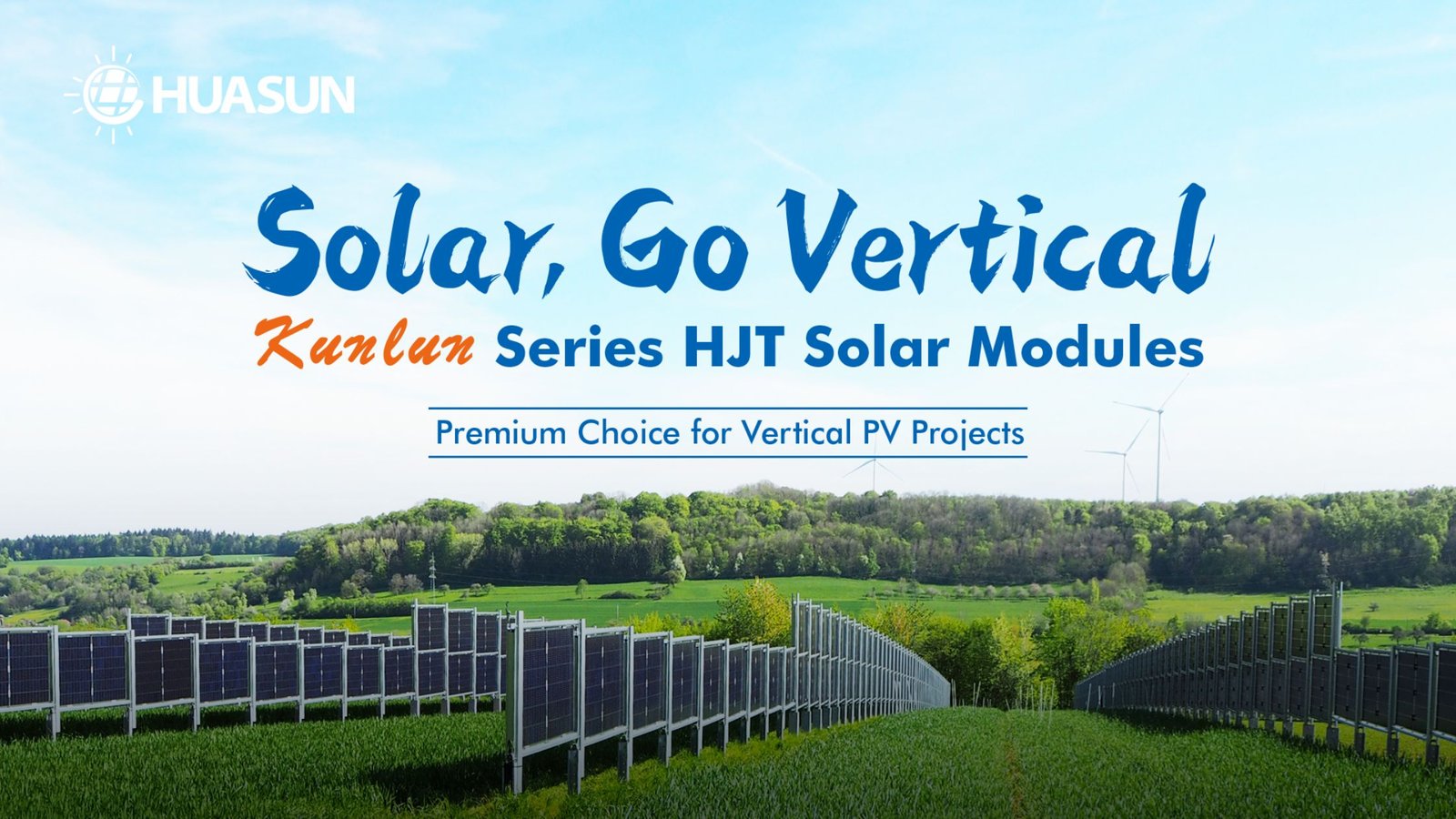Huasun Launches First Guide on Heterojunction Vertical Solar Applications
Huasun Energy, the global leader in heterojunction solar technology, has released the industry’s most comprehensive guide on vertical photovoltaic (PV) applications. Their high-efficiency Kunlun series HJT modules are transforming how architects, engineers, and solar installers maximize space without compromising performance.
Why Vertical Solar Systems Are Gaining Traction
Solar panels aren’t just for rooftops anymore. Vertical PV systems solve urban space constraints by integrating into building facades, sound barriers, and agricultural settings. This innovative approach aligns with global trends in sustainable solar solutions for commercial and industrial applications.
Kunlun Series: Engineered for Vertical Performance
Not all solar panels can handle vertical mounting. The Kunlun series delivers 23.5% efficiency with wind-resistant framing and superior low-light performance. These HJT panels outperform traditional PERC modules in high temperatures – crucial for facade applications similar to Texas installations where renewable expansion is booming.
Energy Output: Myths vs. Reality
While vertical installations typically yield 15-20% less energy than rooftop setups, Huasun’s bifacial HJT modules recover losses through reflected light capture. In snowfall regions, vertical arrays often outperform tilted systems in winter by avoiding snow buildup – a solution noted in Minnesota where clean energy transitions are accelerating.
Global Applications Transforming Infrastructure
The guide highlights global case studies including a Tokyo high-rise retrofit generating 30% of its base load and Texas solar highway barriers paired with energy storage. These innovations mirror agrivoltaic expansion seen in Telangana’s agricultural solar projects.
The Economic Case for Vertical HJT
HJT technology carries a $0.05/W premium over TOPCon, but offers:
- 30-year warranties (vs. 25 for TOPCon)
- 0.25%/year degradation rates
- Lower replacement costs for hard-to-access installations
This positions vertical HJT as competitive with emerging solutions like hybrid solar systems in long-term value.
What This Means for Solar Professionals
With major manufacturers validating vertical PV, zoning codes are evolving globally. Early adopters can differentiate their offerings as witnessed in markets like Gujarat where regulatory frameworks are adapting to new solar applications.






